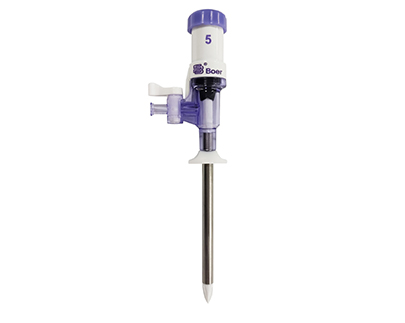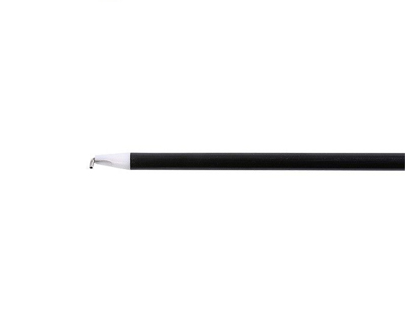How Minimally Invasive Surgery is Changing the Healthcare Industry?
Minimally invasive surgery differs from open surgery because of its nature: instead of opening the body and cutting large areas of tissue to perform the surgery, surgeons will make small surgical incisions to gain access to the body and its organs, allowing them to perform the surgery faster and less injury for the patient. In addition, this reduced physical stress can also lead to shorter hospital stays and fewer complications. In fact, many minimally invasive procedures are considered outpatient procedures, and patients do not need to spend the night in a medical facility.
1. Minimally invasive surgery can bring better outcomes
It is easy to see how minimally invasive surgery can lead to better outcomes with fewer postoperative complications. After all, surgeries that don't involve large incisions but rely on small incisions that can be used to insert thin tubes, cameras, fiber optic lights, and small surgical tools are already safer because of this fact.
In addition to this, minimally invasive procedures are also associated with less pain and discomfort. In fact, the study found that patients recovering from minimally invasive procedures reported less pain and required fewer doses of pain medication than patients who had undergone open surgery. Similarly, smaller incisions reduce blood loss and speed up recovery time, allowing patients to return to their normal lives more quickly than with traditional surgery. Because minimally invasive procedures require smaller incisions and fewer sutures, smaller, less visible scars are another benefit.
Minimally invasive surgery also has a higher accuracy rate compared to open surgery by using a camera to enable better visualization by opening up the entire surgical field. This is especially true when considering robotic surgery, which also brings greater precision, flexibility, and control through the use of mechanical elements paired with feedback-controlled motion. In use, this produces a much smoother motion than anything done with a human hand, especially since the scale can be adjusted to make each motion more precise (for example, a three-to-one ratio would make the robot's One inch of arm movement) for every three inches of hand movement of the surgeon or surgical technician).
2. Minimally invasive surgery can reduce costs
In addition to better outcomes and less collateral damage associated with minimally invasive procedures, the overall cost is also lower. In fact, a nationwide analysis of surgical outcomes by Johns Hopkins University not only concluded that the use of minimally invasive procedures in some common procedures could reduce postoperative complications, and it could also save hundreds of millions of dollars from the nation's health care bill.



